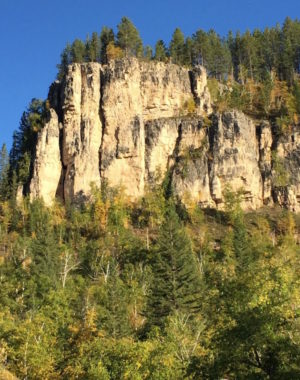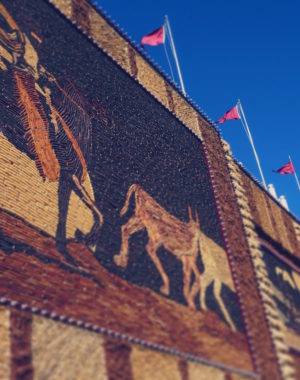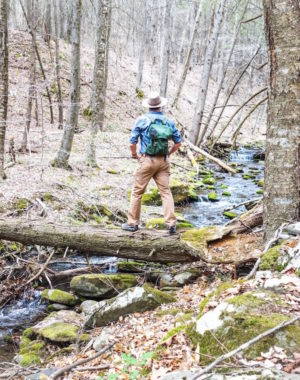
Welcome to South Dakota, nicknamed “great faces, great places.” The retro sign and license plate design bear the befitting tagline as there are some great faces in South Dakota: five to be exact. South Dakota’s Black Hills boasts the carvings of four U.S. Presidents (George Washington, Thomas Jefferson, Theodore Roosevelt, and Abraham Lincoln) and a Native American warrior (Crazy Horse) attracting visitors and admirers from around the world.
Mount Rushmore

Gutzon Borglum’s depiction of four United States presidents carved into a mountainside is grand and expertly depicts their human features on the grandest scale. Originally commissioned by Doane Robinson to aid tourism to South Dakota, the project took on a national focus and opened to the public in 1941, after 14 years of construction.
Driving through bending roads set in steep hillsides, the mountain faces tease and surprise the unsuspecting driver through tall pine trees. The visual of the four heads peer over the treetops, like phantoms in granite. It’s a few more winding turns along which the impressive masterpiece comes in and out of view until arriving at the welcome center. Six dollars buys you an annual parking pass and the ability to gaze comfortably from a wide terrasse or hike right to the bottom of the rubble which lies beneath the carvings’ waist coasts.

Crazy Horse
The mood at Crazy Horse Memorial takes a sharp nosedive from Mount Rushmore’s. It is still under construction — to date, Crazy Horse’s face is near complete and his horse is a mere outline. Funded exclusively by non-governmental resources, as the Native Americans behind the structure are opposed to federal support, it’s a slower process but it yields a truthful, heartfelt account of the grim truth of frontier history which has written over that of the Native American one.
A Lakota elder, Henry Standing Bear, commissioned the sculpture so that “the white man would know the red man had heroes, also”.

The Sioux were recognized in the treaty of 1868 at Fort Laramie as the owners of the Black Hills “for as long as the grass shall grow and the rivers will flow” — until gold was discovered in these hills.
The Great Sioux War broke out against the frontiersman fighting to control the land and it was in this region that the Battle of Little Bighorn took place. Oft referred to as Custer’s Last Stand, the battle was an overwhelming victory for the Lakota, Northern Cheyenne, and Arapaho, which included Crazy Horse, and had been inspired by the visions of Sitting Bull.
To learn more about took place, check out this account here.
Needless to say, the Native Americans were wronged and Crazy Horse was literally backstabbed during a truce after which he met his death.
Looking out at the half-carved memorial it came to me that I’m in Custer County and in line with the recent renaming of Denali, I can’t help but feel like this county should be renamed Oglala.

There is a sticker shock when you arrive to the Crazy Horse Memorial, but after going through it I understood why they’re raising independent funds and felt solace in my contribution.

On your visit, be to sure to check out the museum.





